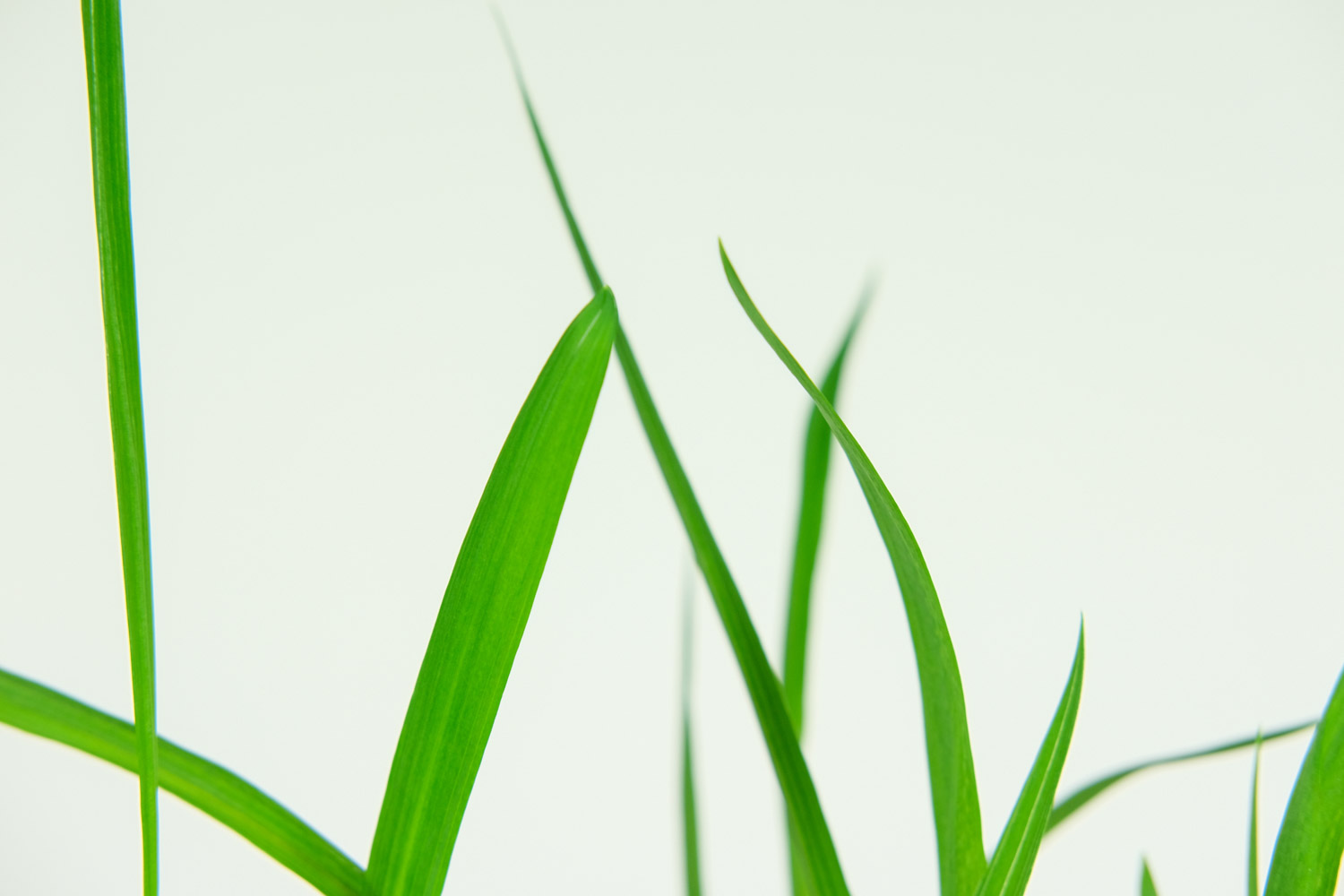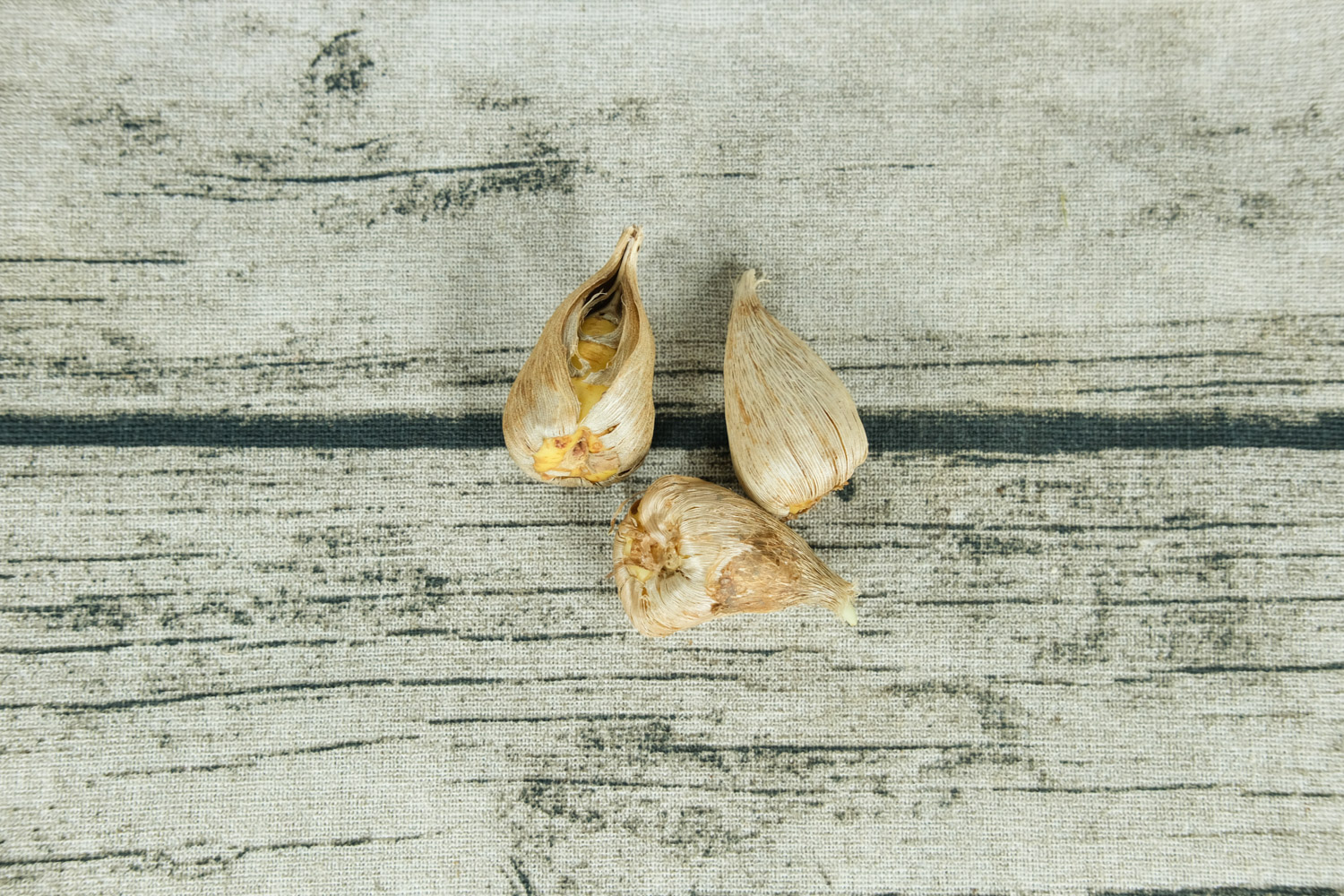1、 Breeding conditions
1. Soil: it prefers a special substrate with nutrition and good water permeability
2. Light: when the first leaf grows in the process of plant breeding, it shall be properly shaded to reduce the overall growth environment temperature. When 4-6 leaves grow, it shall be protected from sunlight for more than 10 hours a day. When the sunlight is strong in summer, it shall be properly shaded

3. Watering: water should be given as appropriate. It is not very drought resistant, so the growth environment should maintain a certain degree of humidity, but no ponding. If ponding may lead to root rot or leaf discoloration
4. Fertilization: in autumn, it will have fallen leaves, especially for a period of time. At this time, it needs a lot of fertilization to ensure that its nutrients will not be lost, and it should also be fertilized in time when it shoots in spring

2、 Breeding method
1. Cuttings: it is usually carried out from April to may in spring. Cut small plants from the roots of plants, put them in the shade to dry, and then dip a small amount of plant ash into plain sand
2. Ramet: it is usually carried out from March to April. It is sown in a flowerpot, put it in a place away from the shade after giving water, and keep it wet. It can germinate in about 25 days under the condition of 25 ℃ - 30 ℃

3、 Precautions
When the snow orchid develops to four leaves, the growth temperature should be controlled at about 13 ℃ - 14 ℃, which can promote the growth of leaves. When the flowers first appear, the temperature should be controlled at 10 ℃ - 25 ℃, which can promote flowering. After the flowers open, the temperature can be reduced to 15 ℃, which can prolong the flowering period

 how many times do yo...
how many times do yo... how many planted tre...
how many planted tre... how many pine trees ...
how many pine trees ... how many pecan trees...
how many pecan trees... how many plants comp...
how many plants comp... how many plants can ...
how many plants can ... how many plants and ...
how many plants and ... how many pepper plan...
how many pepper plan...






























